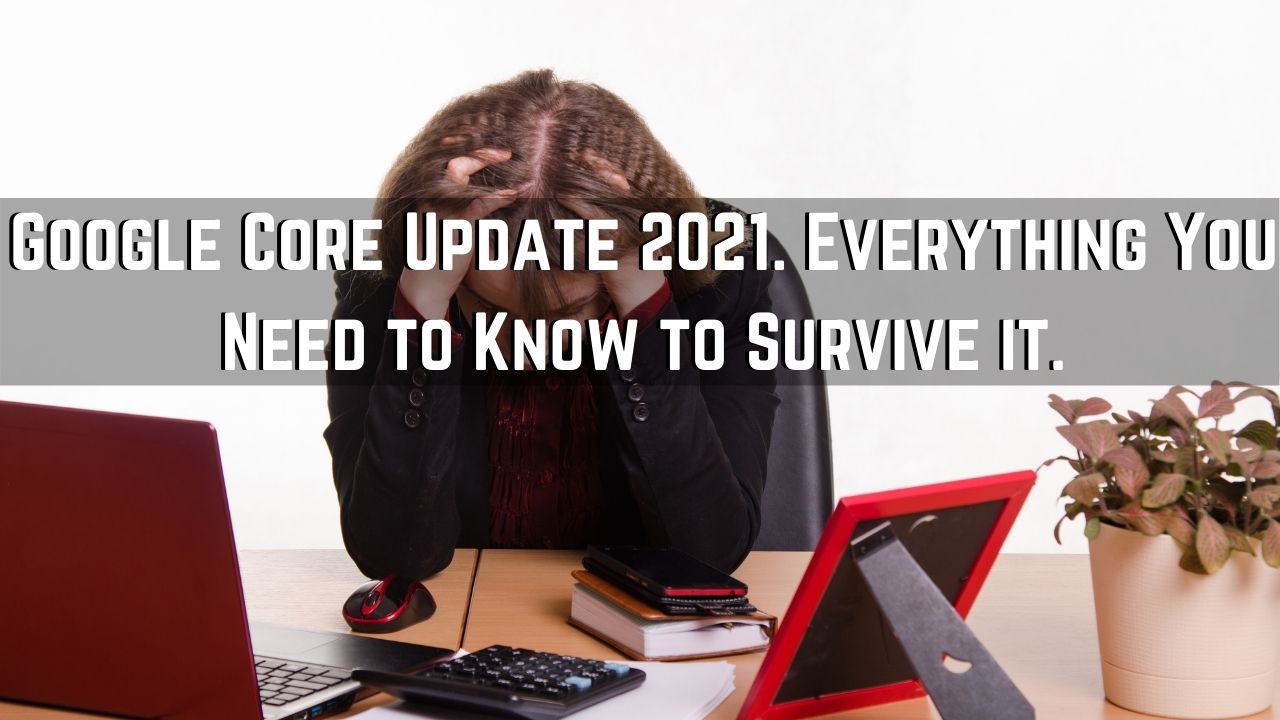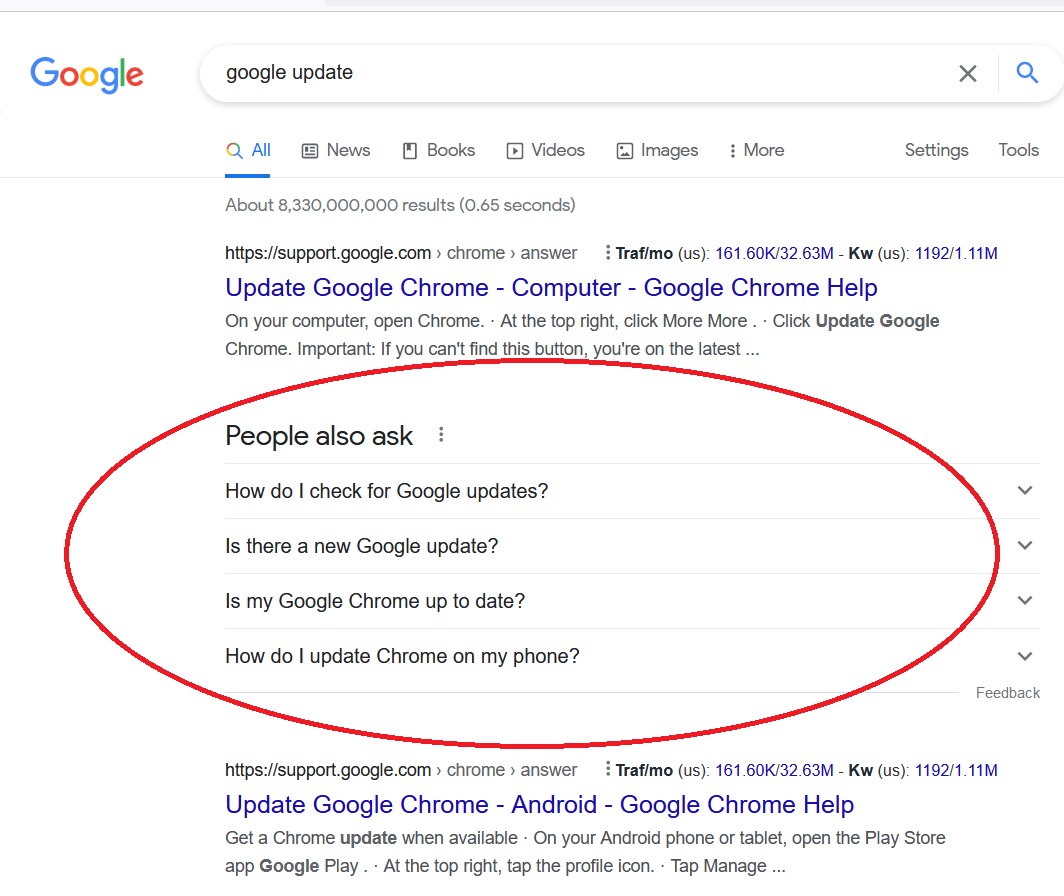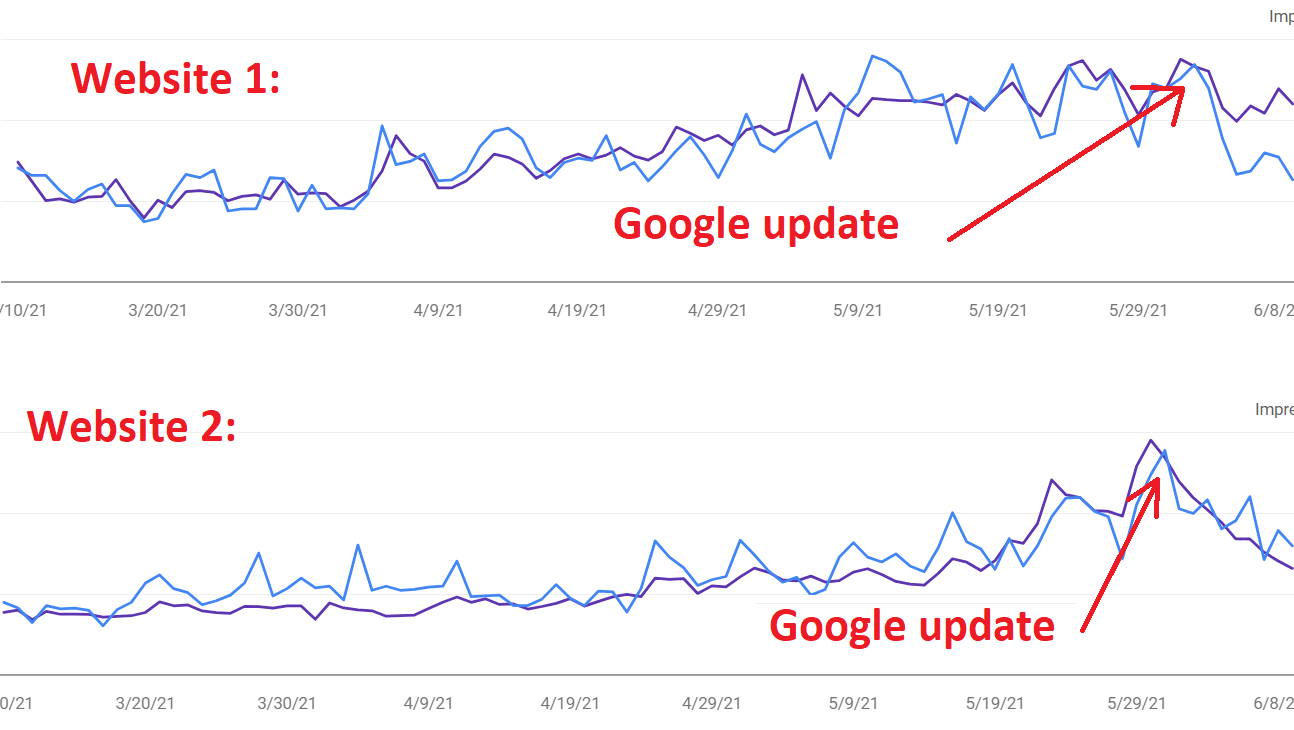In early June, 2 of my most important websites saw a near 50% drop in traffic, and the culprit responsible for that is the Google Core Update.
While at first, I was very depressed by this event, I spoke with someone who understand SEO better than me and in this post, I want to help you understand what this update is all about, how to recover if you’ve been hit by it, and how to stay on top in the SEO game.
To fully understand all of it, I’m going to divide this post up into a question and answer section, but this format will help you understand everything you need to know to make the most of this recent update:

The Google Core update explained (video):
What is the Google Core 2021 update?
It’s a major algorithm update Google implemented on June 2nd and it’s being rolled out in 2 parts. The first one happened on June 2nd and the next one will be in July. Millions of websites were hit with it, including 2 of mine.
What changed with the Google Core 2021 update?
For the most part, this update favors authority websites which have a short question and short answer format.
You may have noticed in recent months or even a year ago, whenever you did searches on Google, you would get results on the first page, and a section called “People also ask” near the top of the 1st page.
Well the Google Core update basically pushed that section up even higher to give people faster answers to their questions and websites which have this type of formatting on their website saw either no changes in the SERPS when the update happened, or higher SERP results.
Now the websites which follow this strategy will be shown in the “People also ask” section, giving them an opportunity to get views from browsers faster.
Here is an example:

Do websites hit by the Google Core 2021 update need to adjust to this change?
This is a tough question to answer because websites which experienced high SERP results (like myself) for a long time and suffered from this update didn’t really see “reduced rankings” or “Google Penalties”.
What we did see was that our websites were pushed under the “People also ask” section for many of our queries we ranked high for, meaning browsers who saw these results likely clicked on that section vs our websites and this is what caused the reduction in traffic.
After I saw my loss in traffic and clicks from Google, I did a checkup on my 1st page rankings and saw most of them were intact or unchanged. This meant I was not hit with a Google penalty but the “distraction” of the “People also ask” is what’s leading to a reduction in clicks.
Here is how both my website’s traffic looked after the Google core update:

With this in mind, one might be wondering:
Should I start adding more of a question and answer format on my website to adjust to the 2021 Google Core update?
If the new update is prioritizing websites that do the Q & A thing, one would think it would serve them to start adding this to their pages right? Well that’s not entirely true and it depends on your content and here’s what I mean:
If you are writing blog posts and content in which it makes sense to do a Q & A formatting, then yes, start prioritizing that. For example, this post you’re reading is doing that because it makes sense. People have questions about the new core update and so it makes sense for anyone blogging about it to write content in a Q & A format.
For keywords you seek to rank for which don’t do that, then it doesn’t, so it all depends on the context of the content you’re writing.
What should people who had high rankings, but lost them in the Google Core 2021 update do?
1) Go through your content and see where it makes sense to add more questions and answers, but don’t go around changing your whole content base from scratch. That is a mistake and I’ll explain why in a moment.
2) For new blog posts and content you create, again, when it makes sense to write questions and answers, do it. When it doesn’t, don’t but always make sure to prioritize high quality content above all else.
All these updates that occur throughout the year go back n forth but what my affiliate coach told me that rang true is that high quality content is always the evergreen hallmark of a high ranking site, regardless of which update comes out.
3) No update is permanent and it is possible that in the future a new update will change this current one around. You shouldn’t be chasing every single update and flipping your entire site around, especially if your site was already getting high rankings through high quality content.
Why the current 2021 Google Core update may hurt websites it rewards:
At it’s “core”, high quality content is always the best approach to SEO on Google, but with this new update, it seems like websites which give short questions and answers get to step into the “People also ask” club.
And while this may seem like a great thing for websites which land there (many of my posts are already there), there is another side to this coin that isn’t being talked about and I honestly believe that in the long run, it can hurt websites. Let me explain:
The purpose of high quality content creation isn’t just to get on the first page of Google. It’s also to get the click from the browser and have that person stay on our website as long as possible, and even browse around it. All of this will tell Google our site is good and worth ranking, and in fact this is the way it still works for the most part.
However, with this new update, things kind of seem backwards because browsers who click on the “People also ask” section who get their answers quickly, are getting it from Google and not clicking on the website to enter it.
This means that many websites who land on this section of the SERPS will not get the clicks to tell Google that their site is high quality.
At the same time, this also opens the doors for low quality content creators to come in and just manipulate the SERPS with this update by filling up their posts with low quality questions and answers, getting into that “People also ask” club and pushing good, high quality websites out.
What I’m trying to say is that this update isn’t permanent and while I see Google’s reasoning for doing this, it also opens up a lot of potential holes and manipulation, which if it happens will force another update to happen to correct it.
And when that happens, the websites that have always done the right thing to rank high, will get back on top of the SERPS (like they always have).
Bottom line: Don’t always chase the carrot on the stick of Google updates.
Like I said before, if you were already doing well on the SERPS before with great content, make sure that remains as the main goal of your site.
Maybe add a few question and answer sections across the site where it makes sense, but again, do not go flipping around your entire website to catch up to the update, because a future one might flip this one around at any point and then your website will have to start chasing that new update.
I’m following all of the advice I’m giving you here and my rankings are from “gone”. I have survived and thrived off many previous Google updates and have seen what they look for and I am telling you that high quality content will always be what’s most important here. Focus on that and no Google core update, even if it hits your site will ever last.
More opportunities to rank and get traffic from Google exist outside this update:
In 2021, there have been 2 major updates that should be utilized to their fullest and here they are:
- The Google product reviews update is a major one to keep in mind.
- And also the recent Google discover is another opportunity to attract users in masses to your site.
And these 2 things really align together with the goal of creating high quality content, so my opinion is, stick to that above all else for SEO success.
Update: Want to know how Google Core’s July update affected my sites?
Here is the post on the Google core July update (and there are good results).
